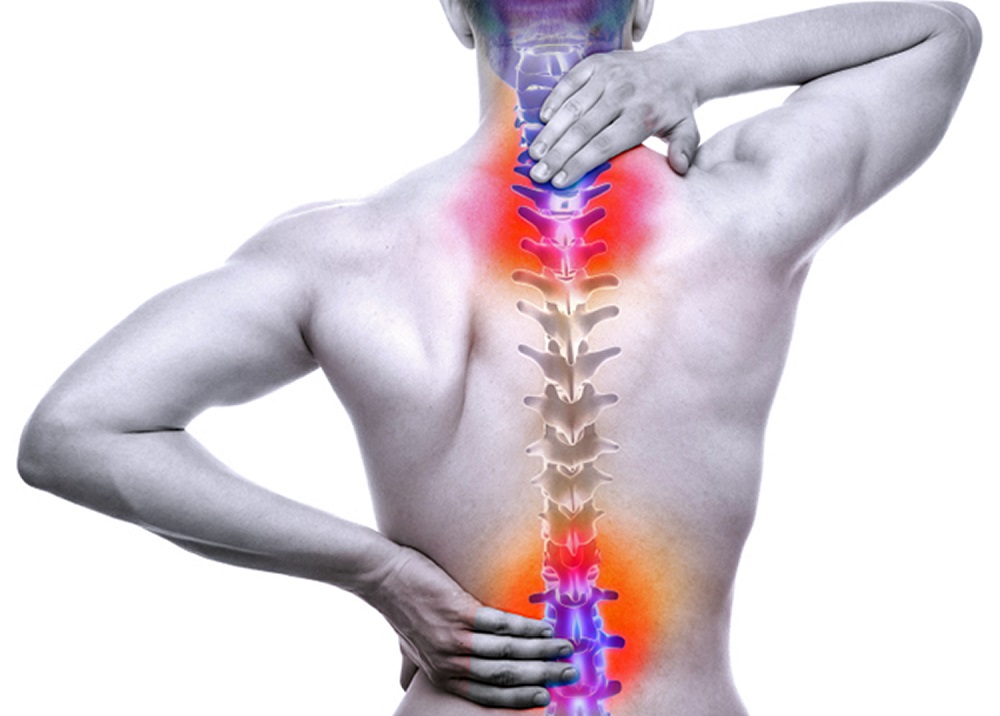The most uncomfortable type of pain is related to the cervical discs. Various painful symptoms are connected to this, such as neck pain, headaches, tingling, and numbness of arms and hands. There are many surgical and non-surgical treatment options available in the market. These are the most well-known ones and adapted frequently by people.
The cervical disc overlap nerves treatment value (หมอน รอง กระดูก ทับ เส้น ประสาท ค่า รักษา, which is the term in Thai) is available with physical therapy and medication. The value of treatment lies in reducing pain and improving the functions of the overall body. This will eventually lead to improving the quality of life and living habits.
What Is The Different Type Of Treatment Options Available?
Early cervical disc overlap nerves treatment value was assisted in protecting the affected nerves from suffering additional harm. Untreated cervical disc overlap nerves can cause increasingly serious. Patients can now prevent future more invasive operations by taking care of the issue. Hence, these treatment options can be of help in times of need.
Non-Surgical Treatment Options
Non-surgical treatments may work well for cervical disc overlap nerves in minor cases. Physical therapy can help improve neck strength and flexibility, reducing pressure on the affected nerves. Pain medicines can provide relief from symptoms. However, it’s important to note that these treatments may not be effective for all patients. Long-term use of pain medication can have adverse side effects.
Surgical Treatment Options
More severe cases of cervical disc overlap nerves may require surgical intervention. A discectomy is the most popular surgical treatment for this issue. It involves removing the disc fragment that is pushing on the nerve. A cervical fusion may be necessary in more severe cases. It stabilizes the spine and prevents further damage.
The decision to undergo surgery is complex, and patients need to weigh the potential benefits and risks of the procedure. While surgery can be effective in relieving symptoms and improving function. It does come with certain risks, including infection, bleeding, and nerve damage.
Conclusion
There are several painful symptoms that the cervical disc overlap nerves can bring about. For instance, non-surgical treatments, including physical therapy and painkillers, can be useful.
However, more serious conditions could need urgent surgery. The value of treatment is found in pain reduction and functional outcomes. Improved quality of life results from this. Eventually, helping people to gain better health conditions.


